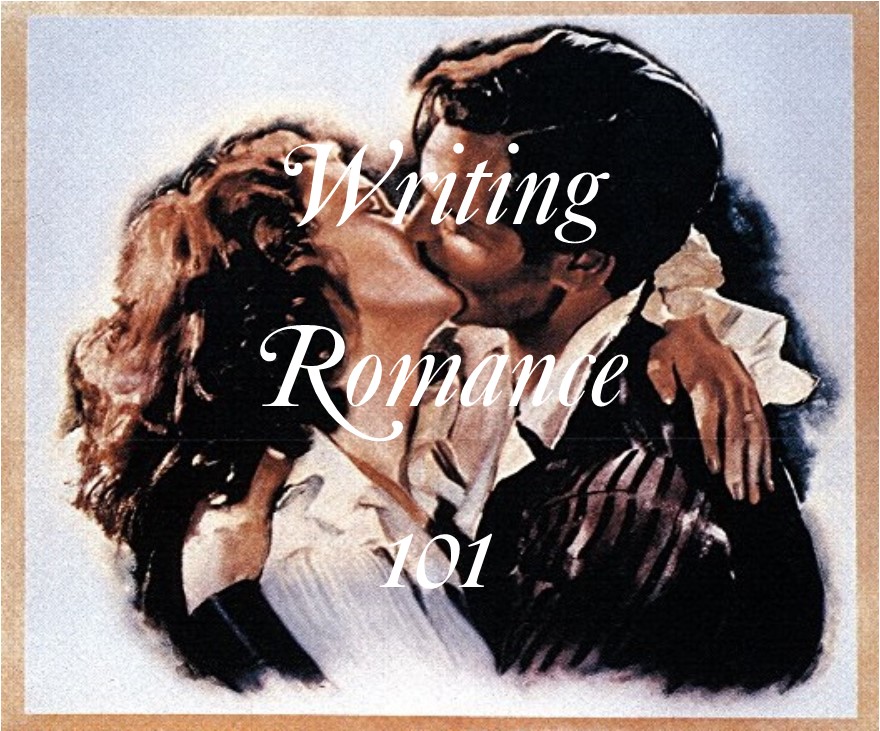
A Trope with a Twist
Readers, particularly romance readers, love stories that feel familiar—shorthand for they use tropes—but also seem new and bring a…
August 23, 2024
Readers, particularly romance readers, love stories that feel familiar—shorthand for they use tropes—but also seem new and bring a…
August 23, 2024
Plotter or Pantser? Or Plottser? Outline or just start writing? Index cards or story map? The Hero’s Journey or…
May 23, 2024
Once upon a time, when I was new to fiction writing, I brought a chapter to my weekly workshop/critique…
February 23, 2024
I recently attended a conference where one of the speakers talked about how, because of cultural and societal shifts,…
May 23, 2023
I’m sure you’re aware of all the Christmas romance movies that Hallmark airs on television before Thanksgiving into the…
December 23, 2022
I’m sure you’re aware of all the Christmas romance movies that Hallmark airs on television before Thanksgiving into the…
November 23, 2022
One of my favorite movies is You’ve Got Mail. When Joe Fox attempts to apologize to Kathleen Kelly for…
August 23, 2021
Every book written begins with a promise. No matter if it is fiction or nonfiction, there is a promise…
October 23, 2020
Have you ever wondered what the opposite sex is thinking while you’re thinking? Men, as a rule, think in…
December 23, 2018
My name is M. Rose Gardner and I am an aspiring author of contemporary romance. This is my first…
October 23, 2018
Contrary to popular belief, the male is the key to any romance. The female is usually the “lead” character.…
August 23, 2018
Judah is the man for Tovah. To review: Tovah is a rabbi with rejection issues. Judah is an IDF…
June 23, 2018
We’re crafting both our romantic heroine and our hero. Our heroine is Tovah, a Jewish rabbi who fears rejection…
May 23, 2018
Nobody’s perfect, right? True. Neither can your romantic hero be perfect. Choose a character flaw that will irritate your…
April 23, 2018
[bctt tweet=”Judah is going to be the man for Tovah. A romantic hero should be handsome and strong, sweet…
March 23, 2018
Our romantic heroine, Tovah, is about to meet her match. She’s a Jewish rabbi who fears rejection because of…
February 24, 2018
Here’s what we know so far about Susie, our romantic heroine. We’ve made her Jewish, with fears of rejection,…
January 26, 2018